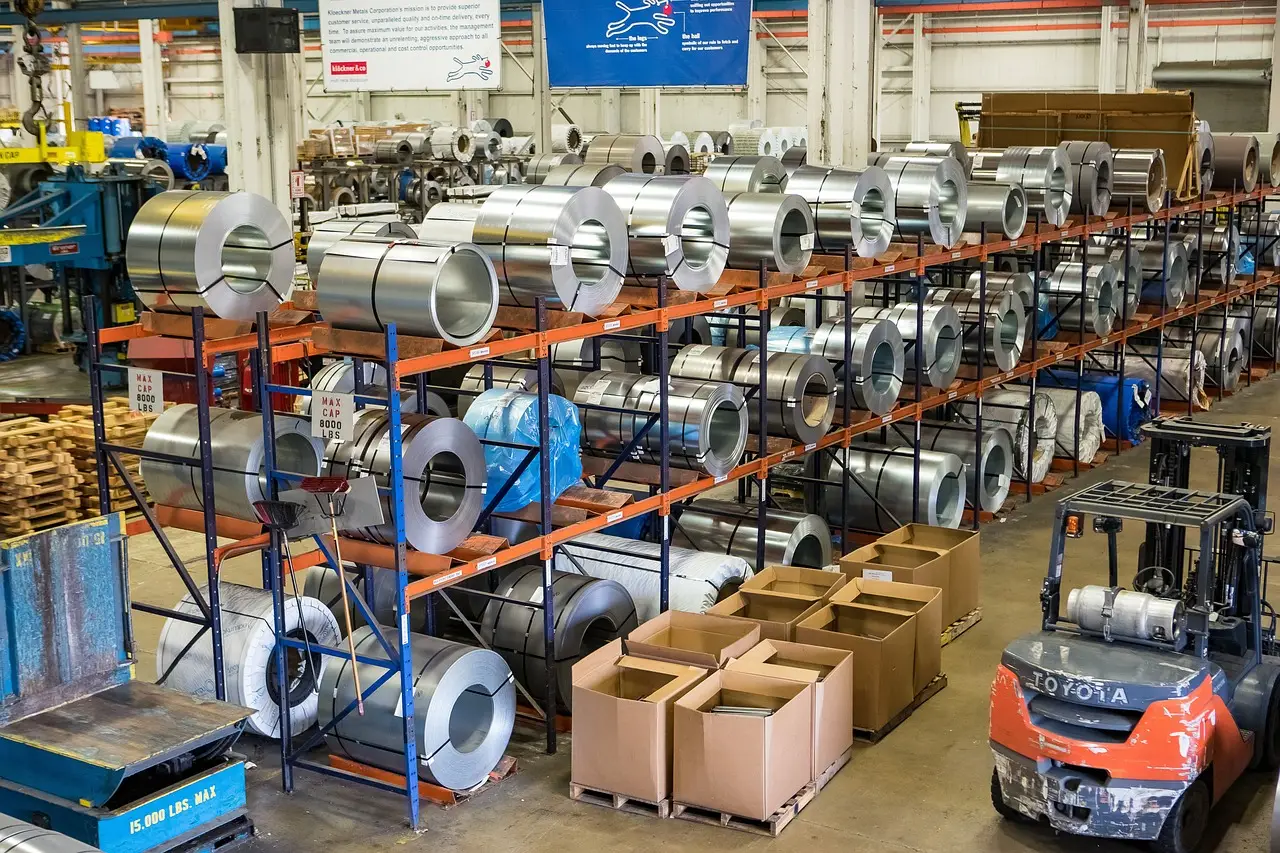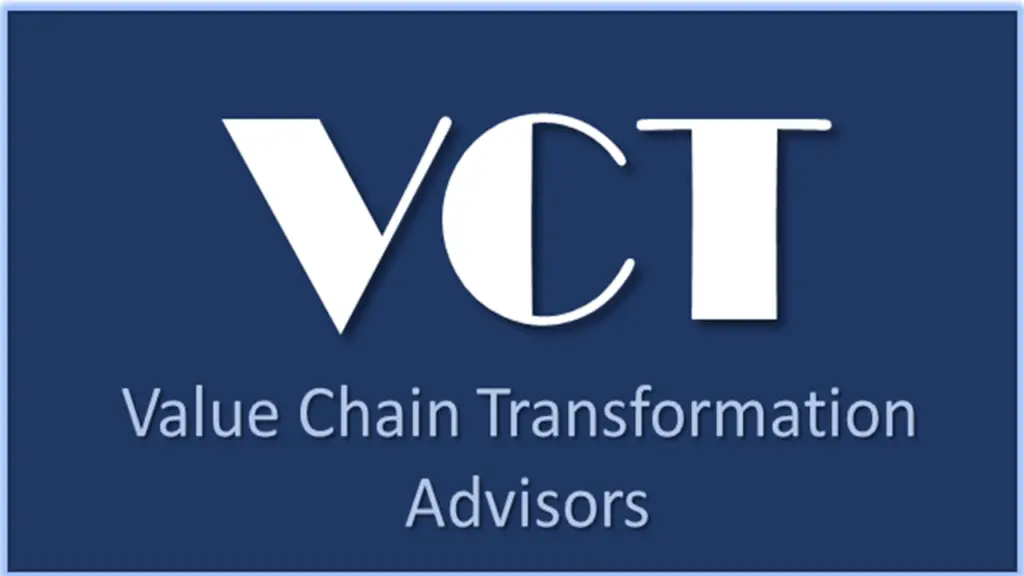True, supply chain disruptions have become more multifaceted, and their effects trigger more operational complexities. But it’s no excuse for companies to justify operational inefficiencies like shipment delays or inventory stockouts. Instead, agile supply chain professionals should seek modern solutions such as AI-driven lead time prediction to get ahead of supply chain disruptions, mitigate effects, and maintain operational continuity.
What Is Lead Time Prediction? A Foundation for Supply Chain Agility
Lead time prediction is the process of forecasting how long it will take for a task or process to be completed, from start to finish. In regards to supply chain, lead time forecasts the time required for goods to move through all supply chain stages—from sourcing supplies and product manufacturing, to shipping and order delivery.
Lead time influences nearly every supply chain decision you make. For example, when done right, AI-driven lead time sensing enhances inventory management decisions, which prevents issues like stockouts or overstocking. It enables businesses to translate demand forecasts into realistic, actionable procurement plans and production schedules. This results in the timely completion and delivery of goods and efficient resource allocation throughout manufacturing.
Lead times fluctuate widely due to factors outside a business’s control, such as seasonal demand and weather events. Consequently, modern supply chain management requires continuous lead time prediction models.
Why Traditional Lead Time Models Are Failing
Traditional lead time prediction models are increasingly inadequate due to:
Overreliance on Historical Data
Traditional lead time prediction models treat lead time as a static value based on historical averages. This approach assumes a degree of stability that no longer exists. It fails to account for disruptions that are increasingly commonplace today, such as:
- Geopolitical events (for instance, recent tariffs)
- Natural disasters
- Sudden shifts in consumer demand
- Human-centric delays, such as labor strikes
These fixed assumptions mask variables that considerably impact lead time, making them inadequate for today’s VUCA (Volatile, Uncertain, Complex, and Ambiguous) supply chain environment.
A Reactive Approach
The lack of real-time visibility in traditional prediction models means they miss crucial information about real-time factors that directly influence lead time. Consequently, they only respond to disruptions after they occur, leaving your teams in a perpetual cycle of firefighting and catch-up that only increases delays.
Legacy ERP Systems
Traditional lead prediction models run on legacy ERP systems, which by default were meant for business cycles with monthly or quarterly planning horizons. They lack the agility to incorporate real-time signals necessary in today’s rapidly moving business landscape, which causes disconnects between long-term strategy and day-to-day decisions.
How AI and ML Transform Lead Time Prediction
Artificial intelligence and machine learning transform lead time prediction from a backward-looking, static, reactive process into a dynamic, proactive, and highly accurate practice. This is thanks to:
- Powerful Data Analysis Capabilities: AI and ML systems process and identify subtle, complex patterns and correlations from incredibly large datasets. For instance, they can determine how a supplier’s financial health impacts delivery reliability, a variable a human employee may not have considered. Using AI and Machine Learning as part of the lead prediction process allows supply chain leaders to use outside data, including weather changes and social media sentiment. This results in highly accurate forecasts.
- Dynamic Adaptation and Real-Time Updates: Because they integrate with live data systems like GPS, AI/ML lead prediction systems continuously learn from events as they unfold, and adjust their predictions correspondingly.
- Self-Correcting Intelligence: ML lead time predictors learn from the difference between predicted and actual lead times and adjust their internal parameters to minimize future errors. For example, if an AI model consistently underestimates lead times for a particular supplier during peak season, the subsequent data will signal this error. Consequently, it’ll begin to factor in that supplier’s seasonal impact, resulting in accurate future predictions.
- Predictive Risk Scoring: AI systems assign real-time risk scores to suppliers, routes, and carriers, which allow teams to prioritize risks based on the likelihood of occurrence.
- Scenario Simulation: Some advanced ML techniques let you use data from similar products or situations to simulate lead time, even where data is limited. For instance, an AI model might predict the lead time for your new product by analyzing lead time analytics of similar components with comparable supply chains. That lets your team make accurate lead time predictions for new delivery routes and products.
The power of AI and ML lead time prediction models isn’t just on paper. It’s happening in real life.
Consider Border States, a GAINS customer and the sixth-largest electrical distributor in the U.S. After growing through 13 mergers and acquisitions, Border States needed a more dynamic infrastructure to continue using their supply chain as a competitive advantage.
Border States refined its lead time predictions across its entire network after partnering with GAINS’ data science team and implementing ML algorithms. It achieved 90% automation in sending purchase orders to vendors in just three months and saw many other impressive benefits.
Key Factors That Influence Lead Time Accuracy (and How AI Handles Them)
Lead time prediction accuracy hinges on interrelated factors that AI systems are uniquely positioned to manage, such as:
- Supplier Variables: A supplier’s production capacity, location, and raw material availability all influence their lead times. Unfortunately, these variables are outside your control. Lead time sensing with machine learning tracks supplier performance patterns, identifies early warning signs of delays, and even incorporates data directly from supplier systems to give you advance notice of problems.
- Transportation Factors: Shipping routes, carrier capacity, fuel prices, port congestion, and weather conditions affect transportation timelines. AI systems monitor these variables continuously, predicting delays before they occur and suggesting alternative routing when necessary.
- Global Events: Political developments, regulatory changes, labor disputes, and public health emergencies tend to cause widespread supply chain disruption. AI models can monitor news feeds and identify potential impacts on specific nodes in your supply network.
- Seasonal Patterns: Demand fluctuations, holiday production schedules, and annual transportation capacity constraints create predictable but complex seasonal patterns. Machine learning excels at identifying these cyclic trends across multiple timeframes, enabling you to prepare in advance.
- Internal Operations: Manufacturing capacity, warehouse efficiency, staffing levels, and quality control processes contribute to internal lead times. AI can identify bottlenecks and inefficiencies that might not be apparent in your standard operational reporting.
The Business Impact: What AI-Driven Prediction Enables
AI-driven strategies for improving lead time predictability offer benefits that extend far beyond operational efficiency in a VUCA environment, such as:
- Faster Decision Velocity: Thanks to real-time capabilities, AI-powered systems enable you to detect and respond to market changes as they occur, turning potential disruptions into opportunities.
- Reduced Inventory Costs and Stock-outs: Accurate lead time predictions mean your business will always maintain proper inventory levels, freeing operating capital previously tied up in excess stock.
- Fewer Stock Outs and Expediting Costs: Anticipating delays before they occur means you can take proactive measures, such as adjusting orders rather than resorting to costly expedited shipping.
- Improved Customer Satisfaction: With AI-powered lead time prediction, you’ll provide customers with more reliable delivery dates and proactive updates. You’ll also anticipate and notify them of delays way in advance.
- Enhanced Resilience: AI and ML-driven prediction gives you the upper hand in the face of supply chain disruptions. A reliable solution like GAINS helps you build a proactive supply chain that outlasts disruptions.
Integration, Not Replacement: Tips To Enhance Your Existing Systems
On top of all its benefits, lead time prediction machine learning systems integrate with pre-existing ERP, WMS, or MRP systems. This lets you avoid the costly investment in new systems.
Our composable supply chain technology facilitates the more innovative compose and enhance strategy that modern supply chain leaders utilize. Instead of lengthy, risky system overhauls, you can implement targeted improvements that deliver immediate value if you:
- Start with high-impact areas where lead time variability creates your most substantial challenges
- Implement modular AI solutions that integrate with your existing data sources and planning systems
- Use early wins to build momentum and gather data for more comprehensive improvements
- Gradually expand the scope as your teams become comfortable with the new capabilities
Using this incremental approach, you’ll see immediate ROI as you build toward a more exhaustive transformation. This approach also minimizes disruptions in your workflows.
GAINS: How To Get Started With AI-Powered Lead Time Prediction
GAINS offers composable AI lead time prediction solutions that deliver rapid time-to-value without requiring massive system overhauls. Ready to learn how it all works? Request a demo or contact us to discuss a tailored lead time prediction solution.



